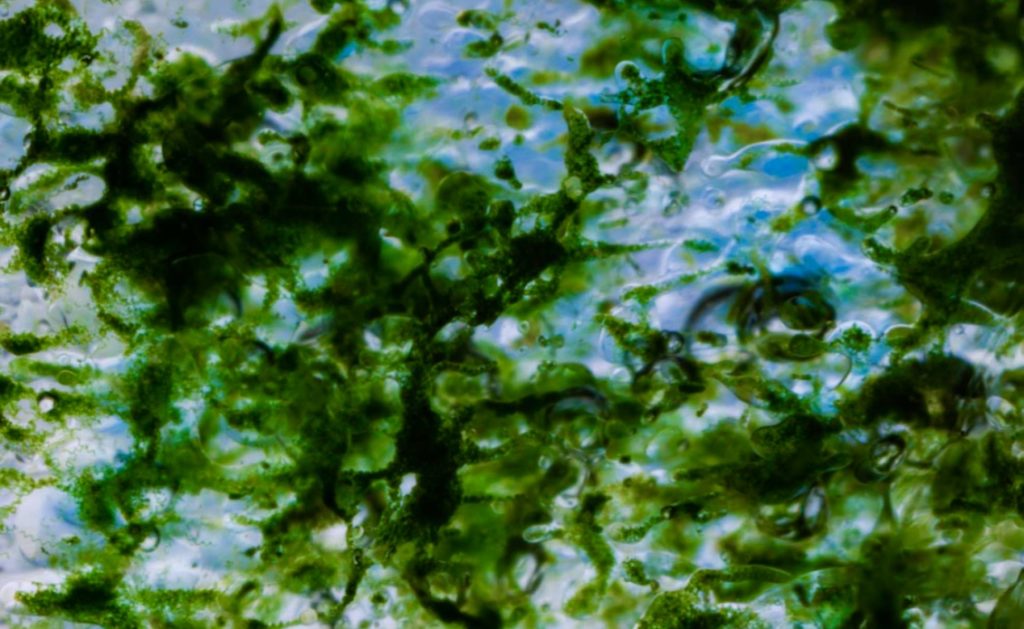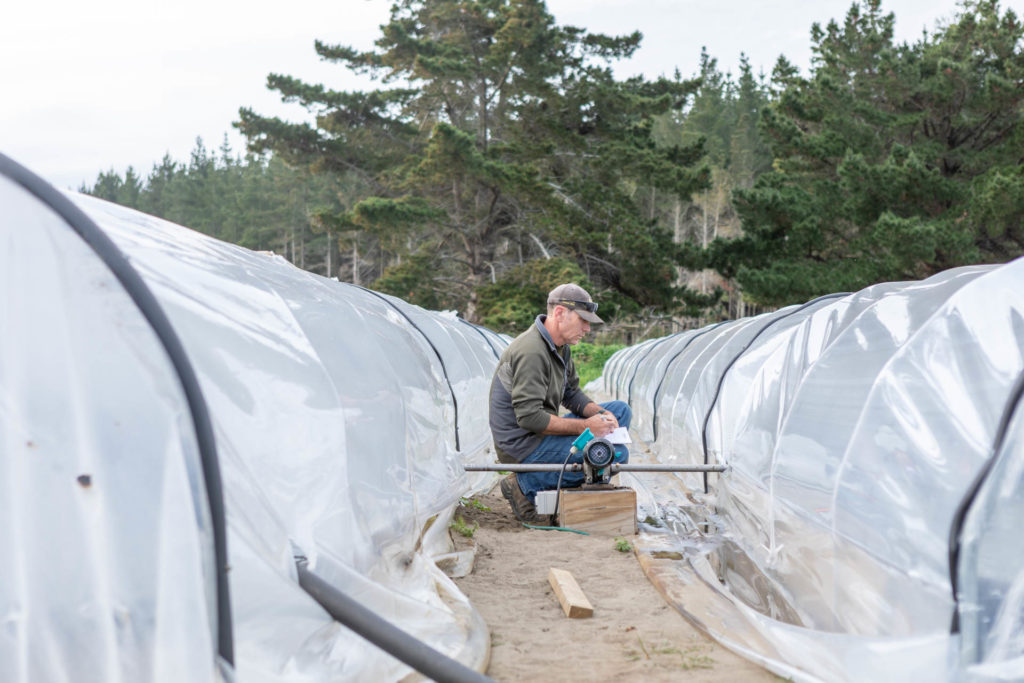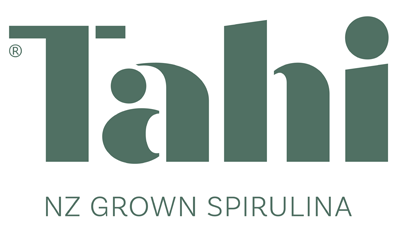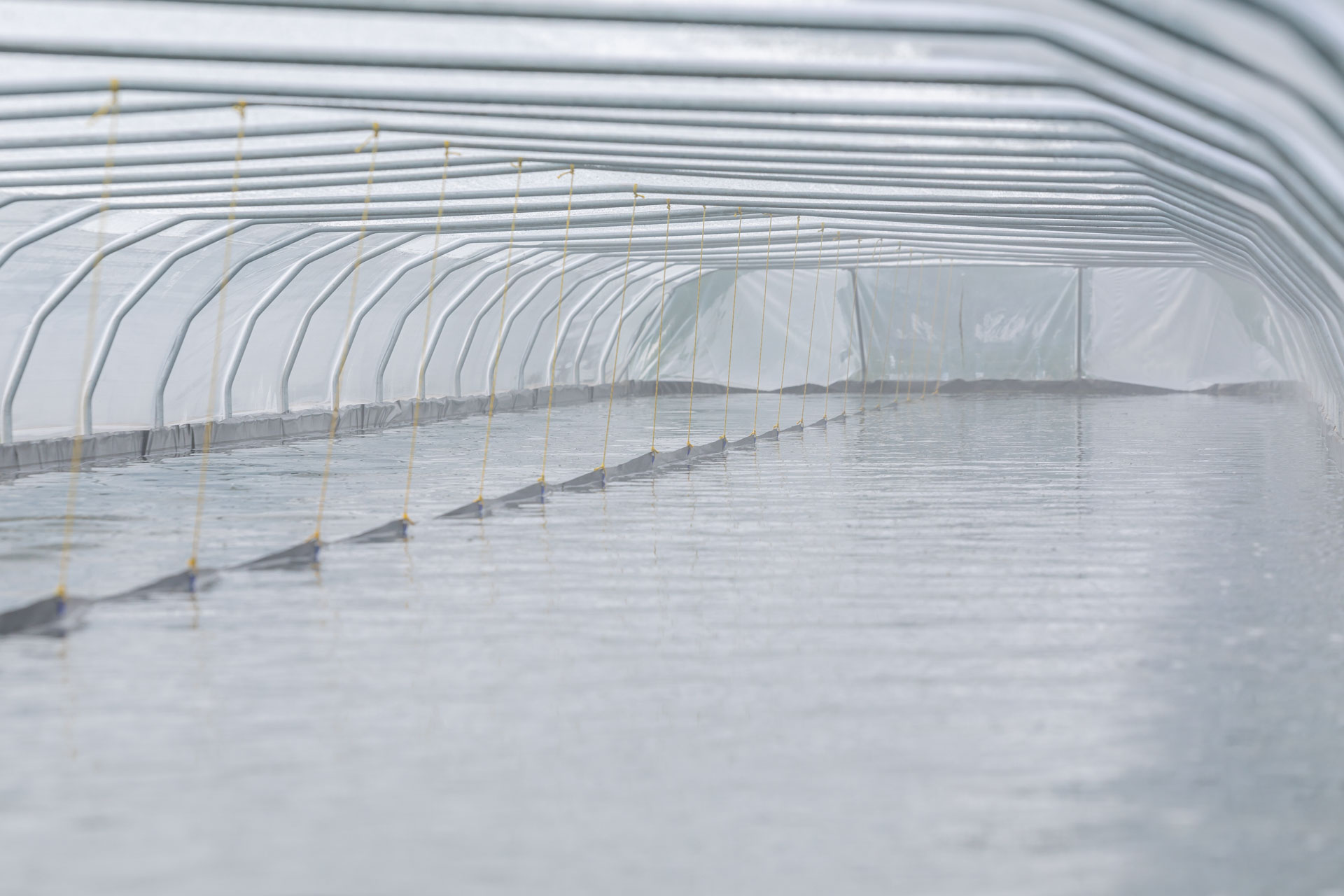Not many people have visited a spirulina farm before or know how this natural superfood is actually grown. But before we explains how it grows, let’s define what spirulina is.
Spirulina is a type of cyanobacteria – a group of ancient organisms that first produced oxygen on Earth – kind of like the first breath of life.
Those blue, coloured chocolate smarties you love? Spirulina is the natural pigment responsible for this.

Macrophotography captures the beauty of blue-green spirulina
Say hello to Arthrospira platensis
At the beautiful coastal community of Himatangi Beach in New Zealand we grow the particular spirulina species known as Arthrospira platensis.
This species is naturally found all over the world, including in New Zealand where it was first reported in Lake Rotoiti, near Rotorua, in the late 1960s.
Spirulina has been used for human consumption for hundreds of years and Arthrospira platensis has been extensively studied and repeatedly found safe for human consumption.
Spirulina vs. terrestrial plants
Just like plants, spirulina grows by using sunlight to convert carbon dioxide into biomass (the process of photosynthesis). And just like plants, spirulina needs various minerals (such as nitrogen and phosphorus) to sustain healthy growth.
But unlike terrestrial plants, spirulina is an aquatic photosynthetic organism that grows in salty water in shallow ponds. So no soil needed!
- Being aquatic means spirulina needs less water to grow than any terrestrial plant
- Spirulina grows fast – so fast that for the same productivity, much less land is required to grow spirulina than terrestrial crops
- Because our spirulina is cultivated in fully contained ponds, there is virtually no nutrient loss and associated environmental impacts
- Being a bacteria, spirulina is much easier to digest than plants and the entire biomass can be consumed, this means much less waste along the food chain
Like the All Blacks of the spirulina kingdom
Sunlight is the most critical parameter for algae growth, so traditionally algae are cultivated in sunny, often arid, areas in India, and California.
But research done at Massey University found that temperature and the availability of clean water are equally important for production and that in fact, temperate climatic conditions are nearly ideal to ensure high-quality year-round growth.
Simply put, locations suitable for growing grass are generally great for growing spirulina. And where in the world does grass grow best? New Zealand of course!
Our Himatangi Beach location gives us ideal growing conditions: a temperate climate with relatively high sunlight, the use of marginal land, and the availability of clean water supply.
What makes Tahi Spirulina unique?

Daily monitoring of our artisan made, ancient superfood here at New Zealand’s only spirulina farm.
Most of the spirulina currently sold in the world is cultivated in large open ponds in Northern Australia, Hawaii, and California – although almost all the spirulina sold in New Zealand comes from China and India (it is only ‘packed’ in NZ).
- French artisan production
We adopted the French artisan production system where spirulina is grown in small, covered ponds to minimize contamination, evaporation and can be more easily controlled. - Sheltered raceway ponds
By opting for sheltered raceway ponds, we eliminate contamination from bird faeces and other airborne contaminants that large scale commercial production are vulnerable to. Our purpose-built raceway ponds also have minimal water evaporation loss compared to the commercial production models that can stress water resources in arid environments. - Gentle, low temperature dehydration for maximum nutritional value
By using highly energy-efficient dehydrators that gently dry our spirulina at low temperatures, we keep our carbon footprint minimal while ensuring that most of the great bioactive molecules found in spirulina (such as the antioxidant phycocyanine and many vitamins) are not deactivated during the drying process. - Batch tested, quality control
Our artisan scale production allows us to carry out quality control checks at all stages of production. Every day, we monitor biomass, water quality and ensure that only the highest quality minerals are used in the ponds.

